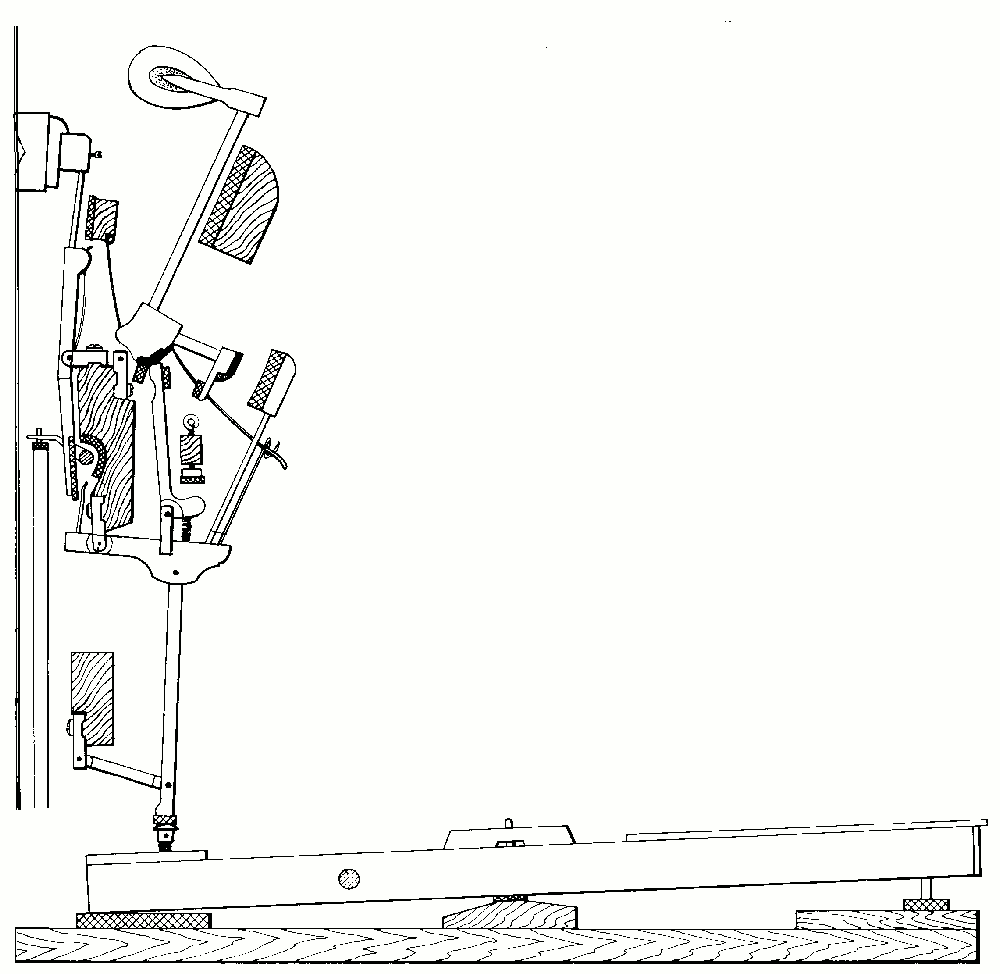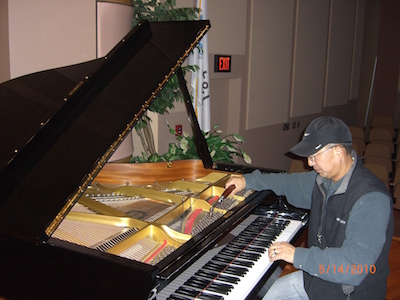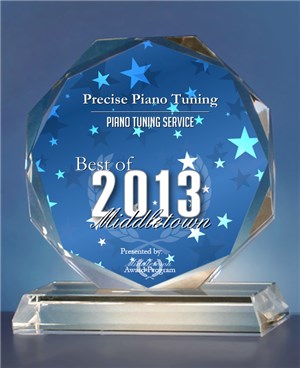FAQ
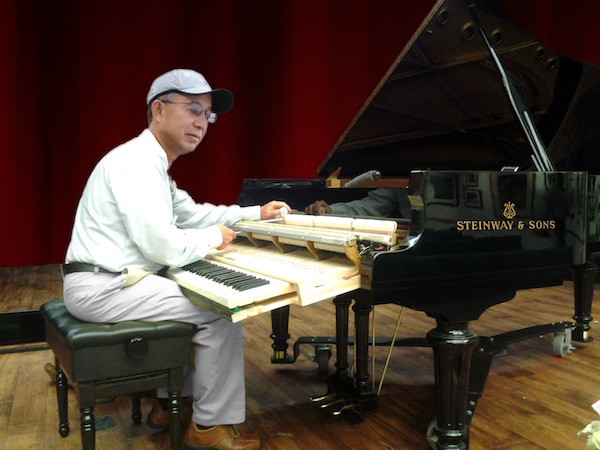
 How Often should I tune my piano
How Often should I tune my piano
It depends upon its condition, the environment in which it is located, and the musical demands of the owner.
A piano used mainly as a piece of furniture probably won't "need" to be tuned more than once a year.
A piano that is played used regularly and is in good condition might get by with being tuned twice a year.
A piano given a daily workout by a professional musician or serious student might need to be tuned monthly
or even more frequently. -- quoted from
Piano Servicing, Tuning, and Rebuilding, 2nd Edision, Page 239, by Authur A. Reblitz
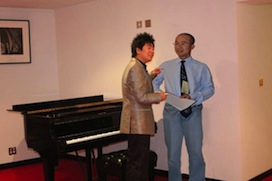
 Why does a piano go out of tune?
Why does a piano go out of tune?
The main reason is the change of the humidity changes. The piano is made primarily of wood. Being made of wood
the parts within the piano will shrink and swell with the humidity changes. In the summertime when the humidity
levels are higher, the piano keys may stick and the piano action will become sluggish. In the wintertime when
the air is dryer, the piano keys seem to rattle when you play them. Therefore, the swelling and the shrinking
affects the piano's pinblock which keeps the piano tuning pins tight. When the piano pinblock absorbs moisture
it swells, crushing the wood fibers against the tuning pins, thus, the tuning pins begin to tighten raising
the pitch of the piano. In the dry seasons, the wood shrinks away from the tuning pins, loosening the tuning
pins causing the strings to drop in pitch.
There are other factors which will change the tension of the strings and make the piano go out of tune. These
factors include:
- Temperature -- direct sunlight, heat from fireplace, strong stage light will cause the changes of the pitches
- String Streching -- New strings has strong eleasticity and get streched at the first two years, casuing the
drops in pitch.
- playing -- frequent hitting on the strings will cause the loose of the strings, reduce the tension of strings
and changes the pitches.
 When is the best time to tune a piano?
When is the best time to tune a piano?
If your piano has not been tuned in many years or has just been moved between similar environments with similar
humidity, any time is the best time to bring your piano back to correct (concert) pitch. If the piano has been
moved out of or into an overly damp or dry environment it is recommended that you wait 2-3 weeks to allow the
piano to adjust.
 I'm thinking of selling my piano. Should I have it tuned?
I'm thinking of selling my piano. Should I have it tuned?
Yes and no. Yes if you are selling to most of the normal potential buyers who will mainly judge your piano by
the sound of your piano, you don't want to disappoint them by the poorly sound piano, a few stickey keys, broken
strings, squeaky pedals.
No if your buyer is a piano dealer, rebuilder or some expert who will take the action out, check all the internal
structure of your piano. And no need to tune it if you know it is un-tunable or the piano is only worth a few
hundreds of dollars.
 Can I tune my piano myself?
Can I tune my piano myself?
Possibly, If you are willing to take the time, and have the patience, to learn how to do it properly. Warning:
it's not as easy as it looks, and there are some dangers. Tuning a piano is not a procedure to be taken lightly,
because you are dealing with over 200 piano strings that have a combined total of 20 to 30 tons of tension. If
you don't know what you are doing you can break strings, break the piano's cast iron frame, or hurt yourself
or others. However, if you conscientiously study any of a number of authoritative books on the subject, or take
a course in piano tuning, and take the time to learn the proper technique, it can be quite safe.
Unless your piano tuner is just a rank beginner, he/she has probably put in several years mastering the technique.
If you don't know what a piano in tune should sound like in the first place, it's going to be rough learning.
However, even if you do know what a piano in tune should sound like, it doesn't necessarily make the task any
easier, because you will be able to hear how far short of the mark your first tunings fall.
Piano tuning requires special tools, just like servicing new model cars does. If you don't have the proper tools,
you cannot hope to do a satisfactory job. You cannot tune a piano with a normal socket or adjustable wrench.
If you attempt to do so, you will inevitably mar the tuning pins, and make it difficult or impossible for anyone
else to subsequently tune the piano. You will need at the minimum a proper piano tuning wrench (or tuning hammer,
as it is called in the profession), a tuning fork or other appropriate pitch reference, and a set of mutes to
silence the strings you are not tuning. And most importantly, incredible patience. The tools themselves are not
that expensive. Learning to use them properly is, at least, in terms of the time involved.
Remember that tuning a piano is an art and a skill, just like playing the piano, acquired only after years of practice
and study. It's not a task that can be learned in a weekend. Your first attempts at tuning a piano will be very
frustrating, your first tuning will probably take you over eight hours to do, and when you are done it will probably
not last very long or sound very good. But after doing a dozen or more tunings you may actually get to the point
where the piano sounds better than it did before you started. After doing a hundred or more tunings you may actually
be able to stand to listen to them.
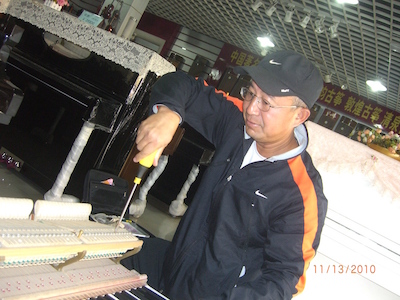
 How a grand piano action works
How a grand piano action works
A grand piano action consists of about 60 parts. They work together in the following sequences:
- One presses the key, it moves down in front, raising the wippen, jack, hammer knuckle, shank and hammer.
- The key lifts the damper
- The jack disengages from the hammer knuckle when the jack toe engages with the letoff button
- The hammer hits the string and rebounds.
- The hammer depress the repetition level and the backcheck catches and hold the hammer tail
- When the front of the key raise a little from the bottom, the backcheck release hammer, permitting the repetition
lever to lift the hammer until the jack returns under knuckle. The action is ready for another cycle, although
the key hasn't returned all the way to its rest position (that is why you can repeats notes more quickly in
a grand piano than in a upright piano.)
The following picture illustrate how a grand piano action works.
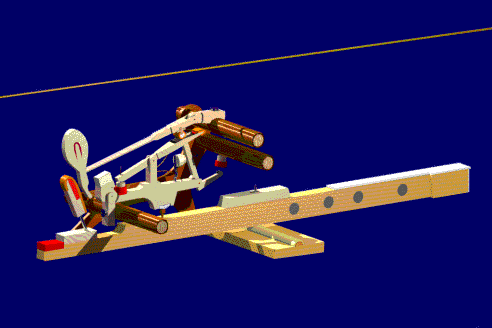
 How an upright action works
How an upright action works
An upright action consists of roughly 60 parts. They work together in the following sequences:
- When one presses the key, it moves down, raise the sticker, wippen, jack and the hammer butt.
- Damper spoon moves damper level, lifting damper from strings
- Jack disengages from hammer butt when jack toe engages letoff button
- Hammer hits strings and rebounds. Beackcheck catches butt catcher. When the key is released, all the parts return
to their orginal positions
The following picture illustrate how an upright piano action works.
